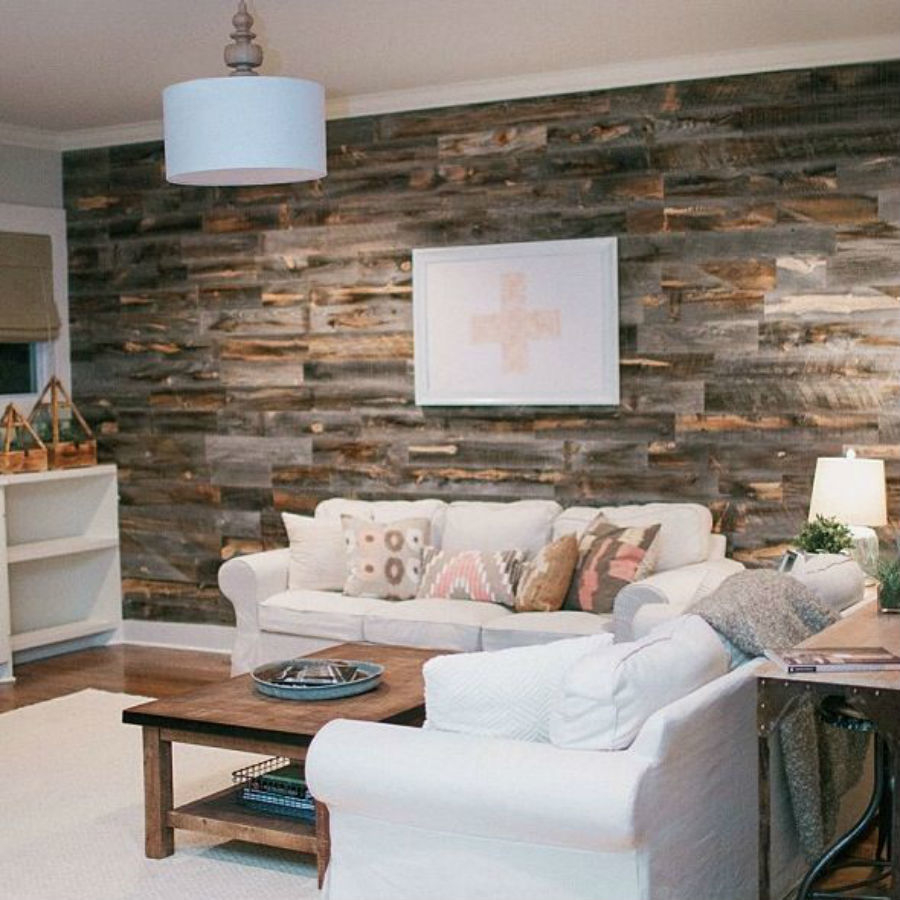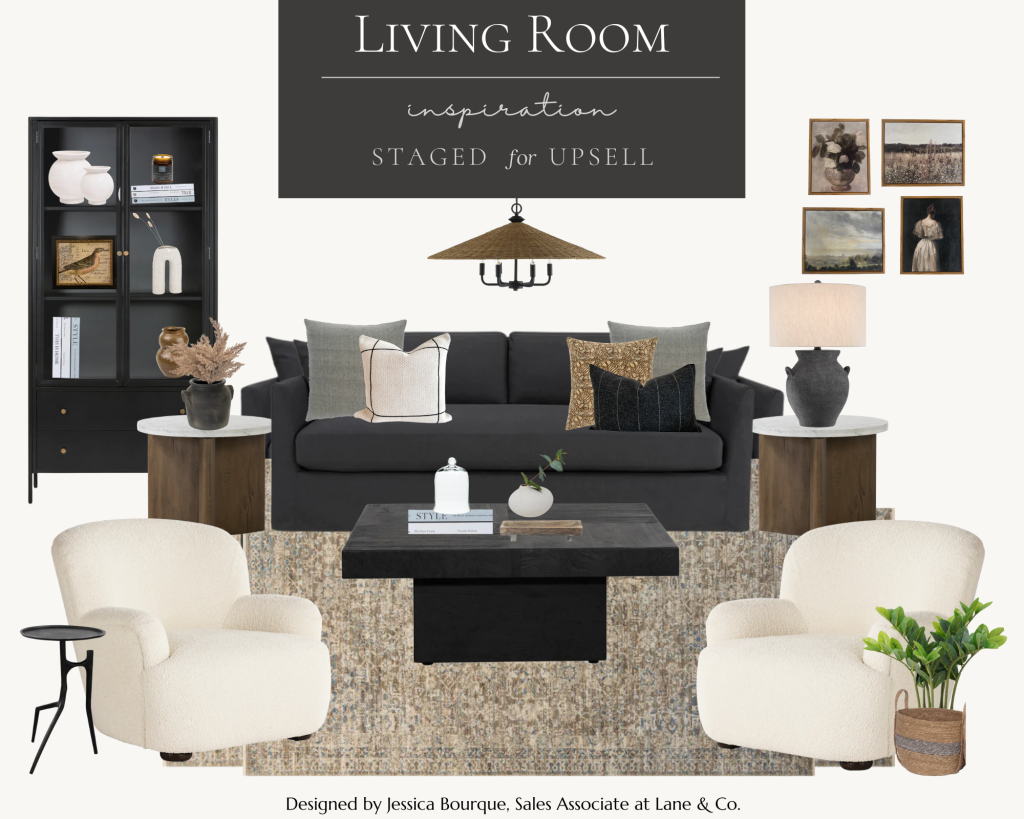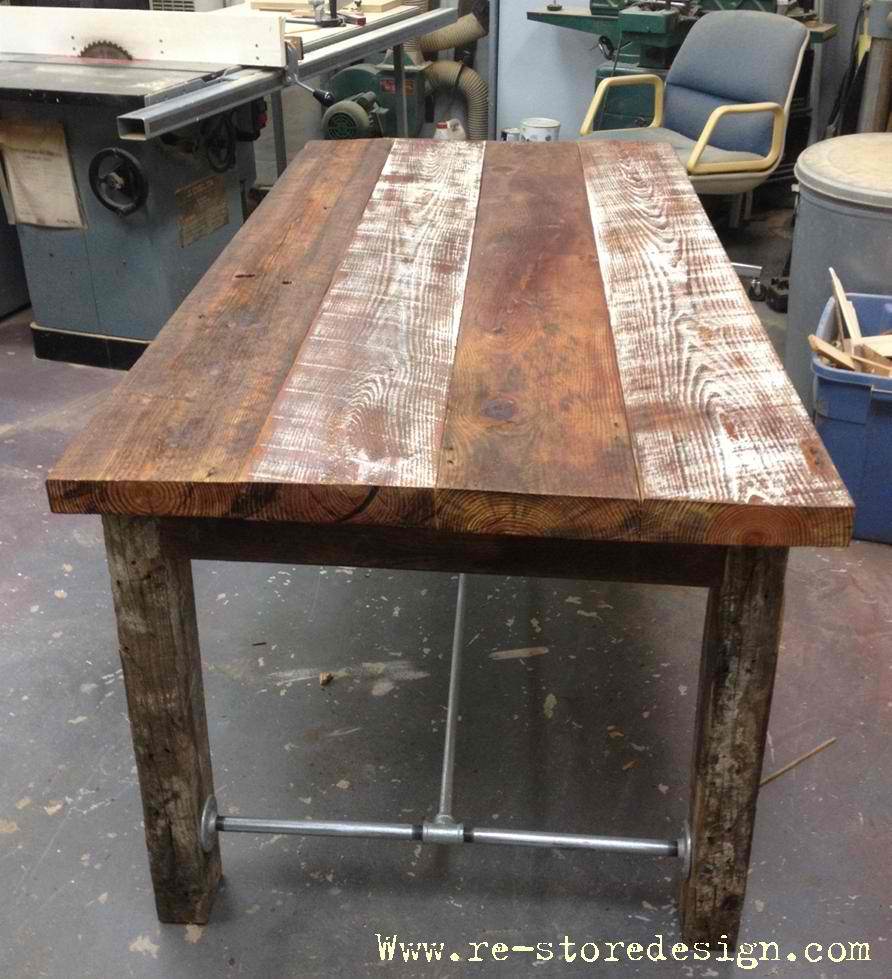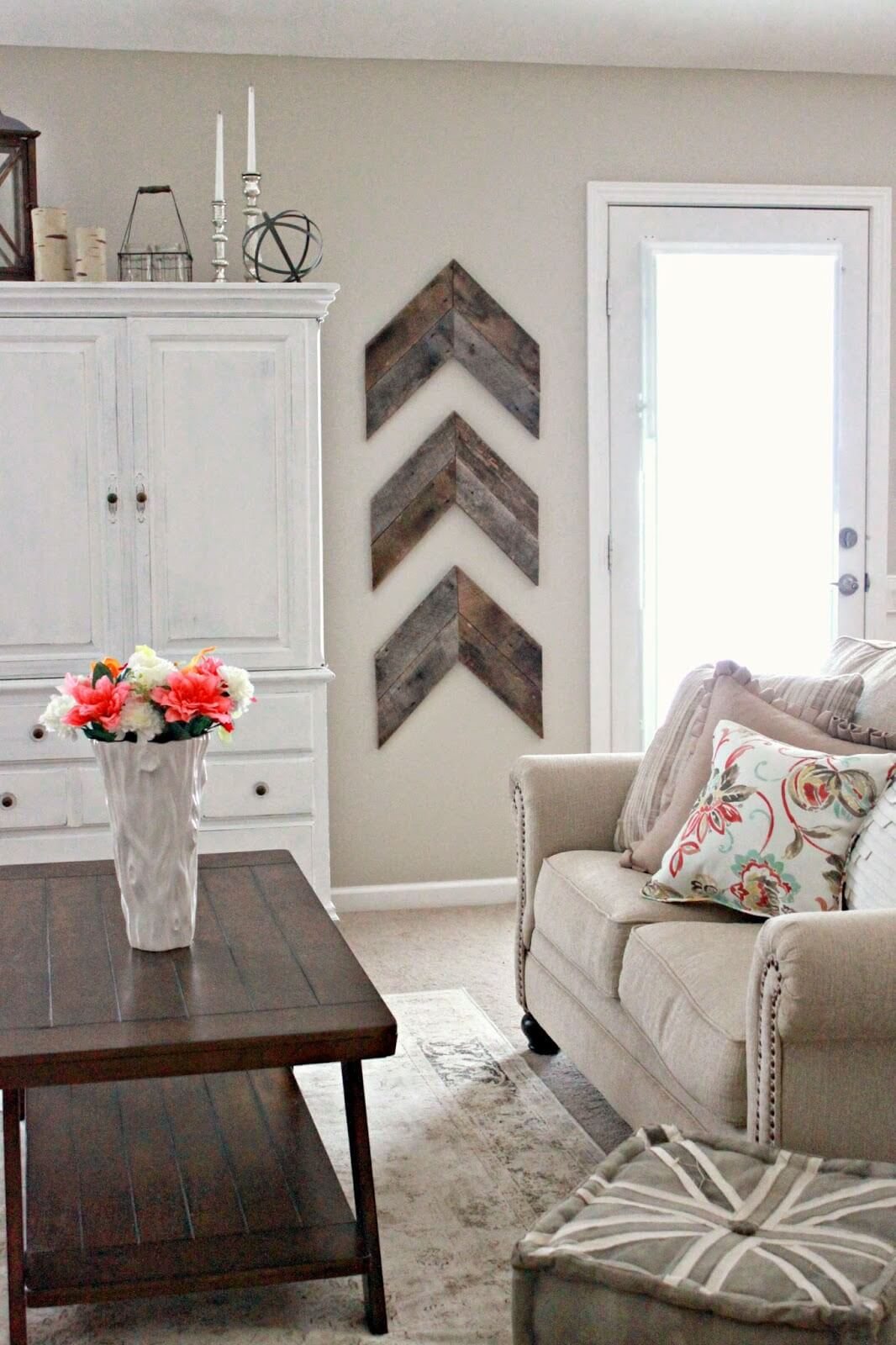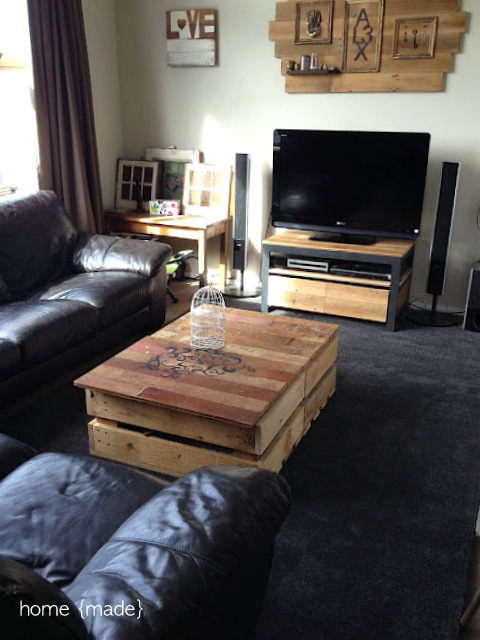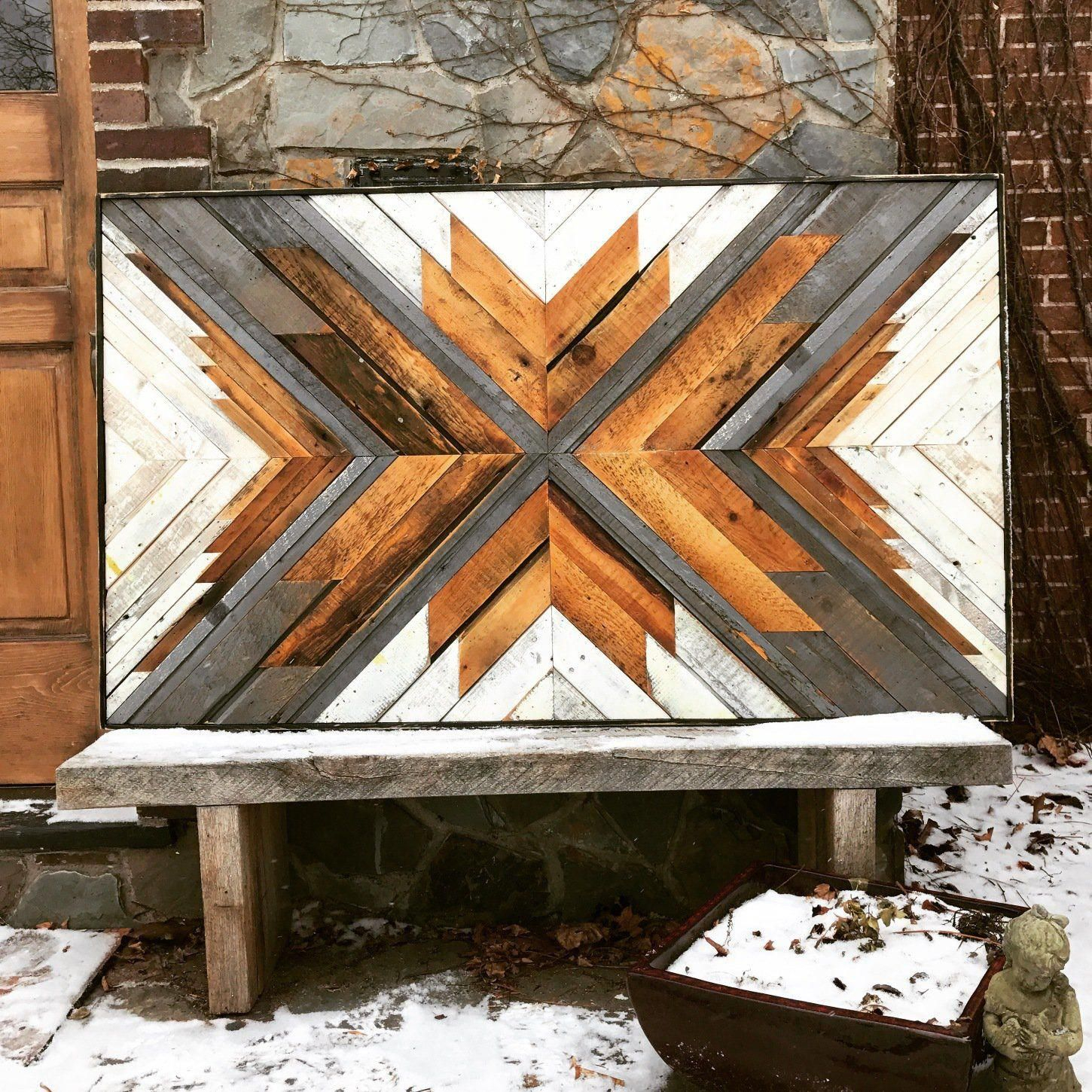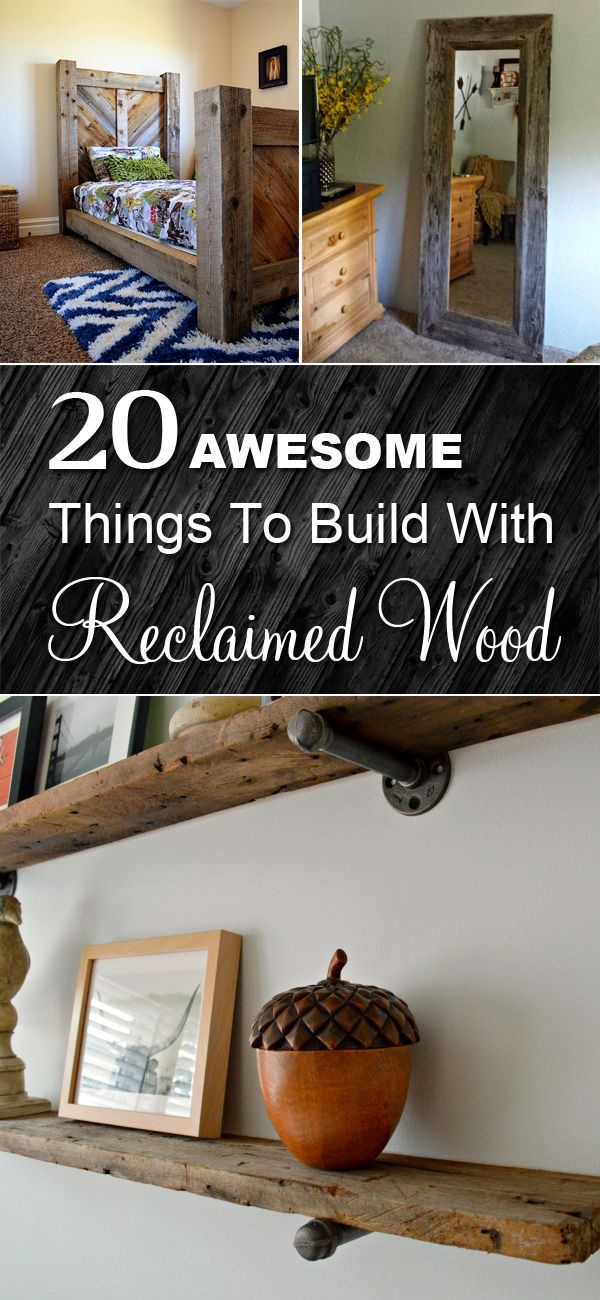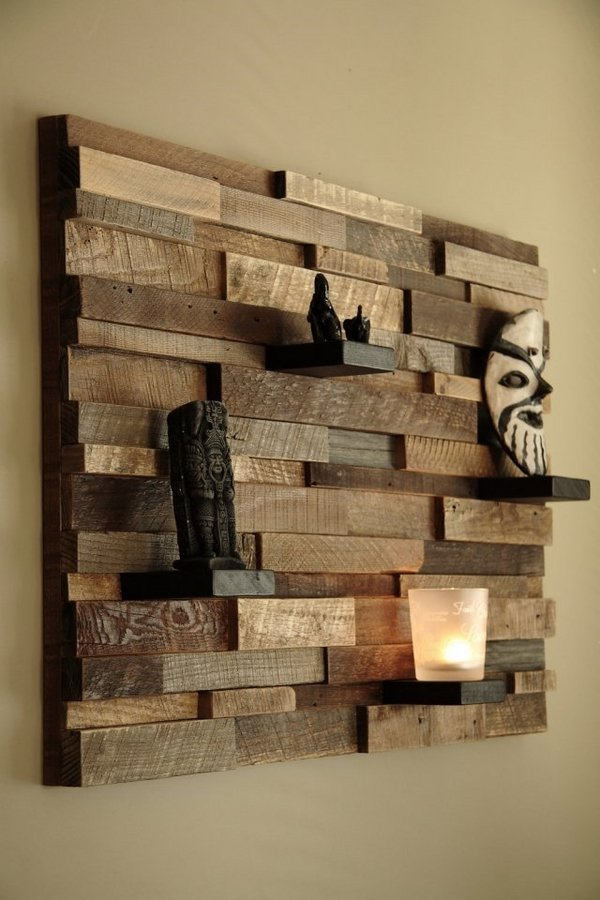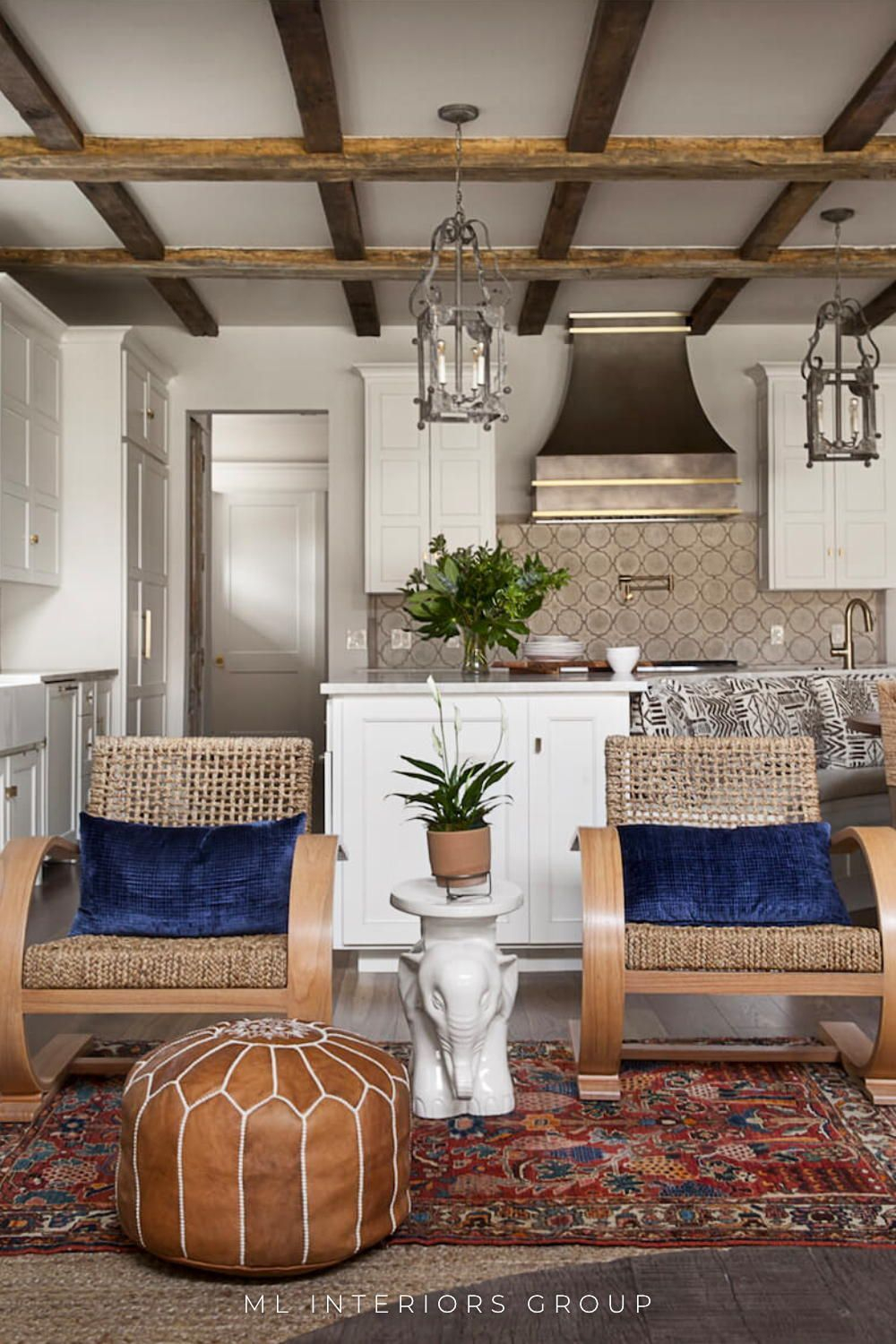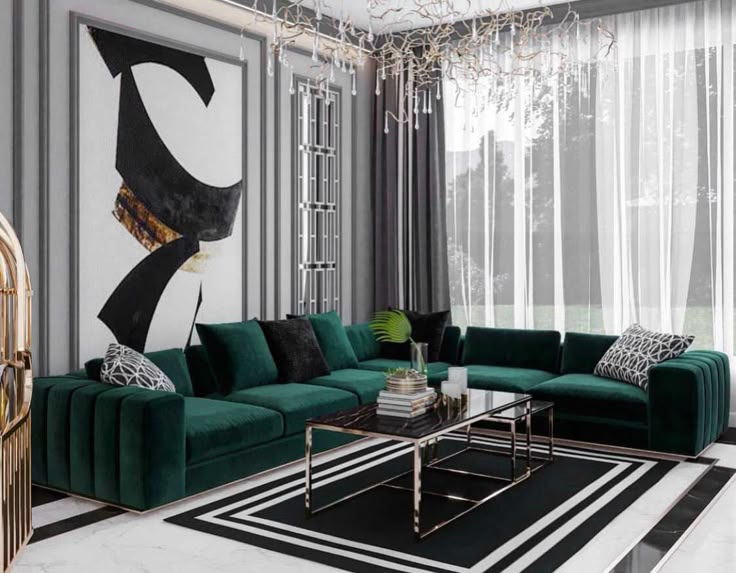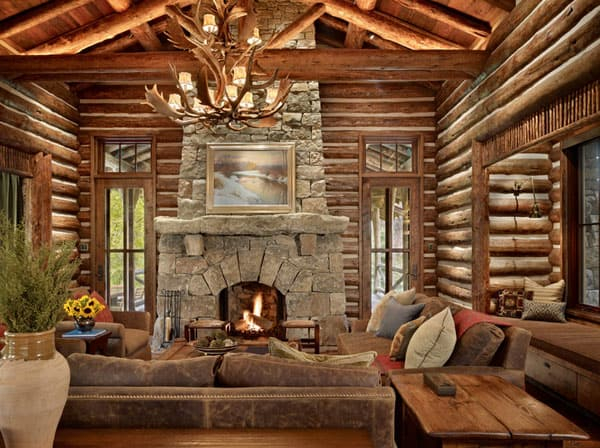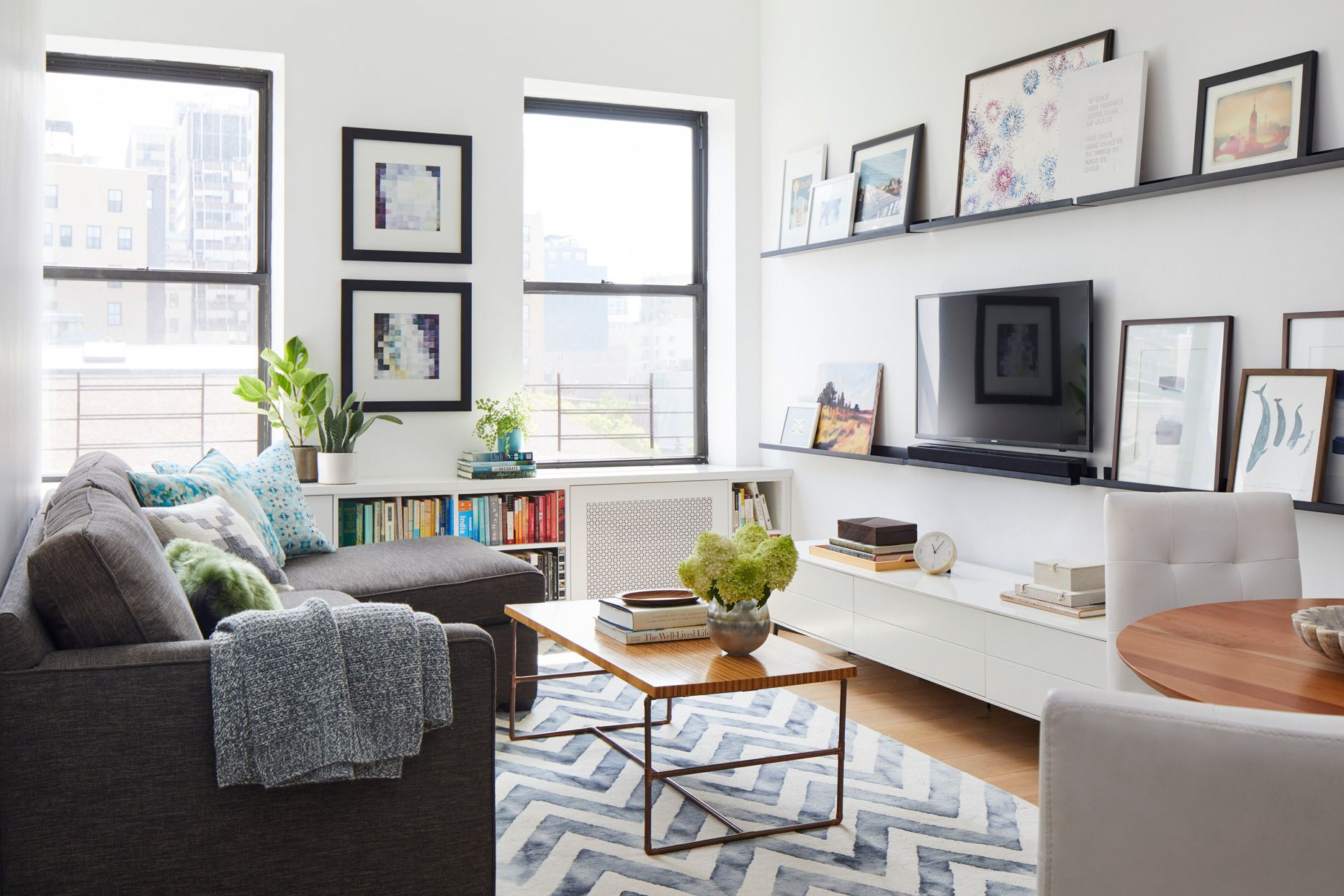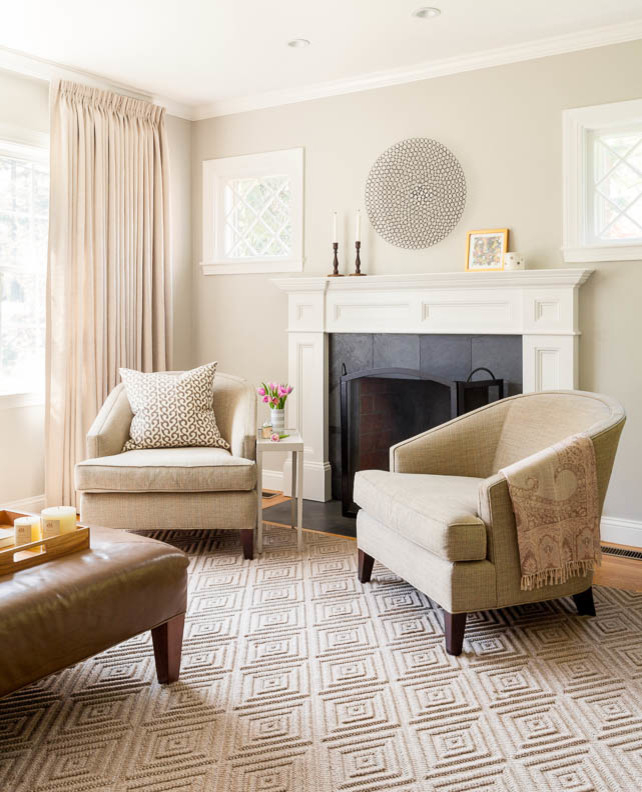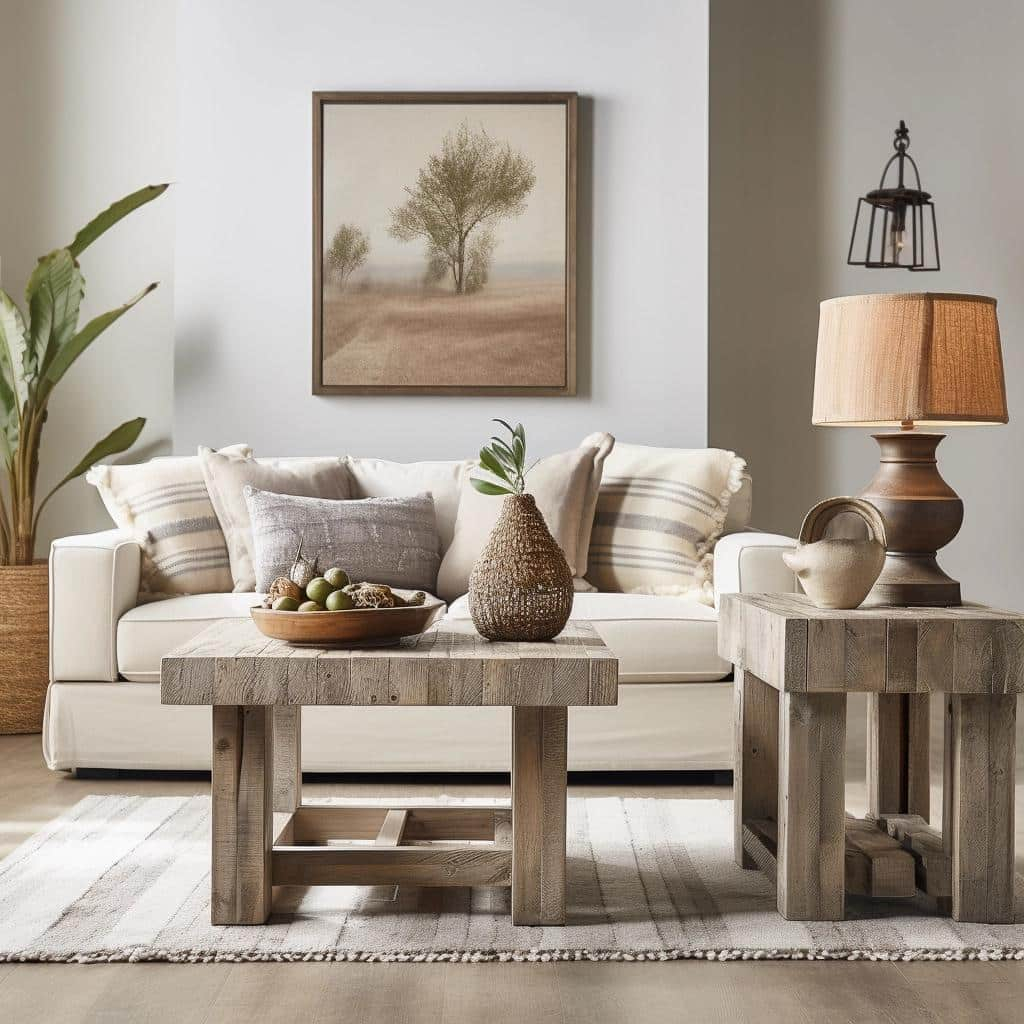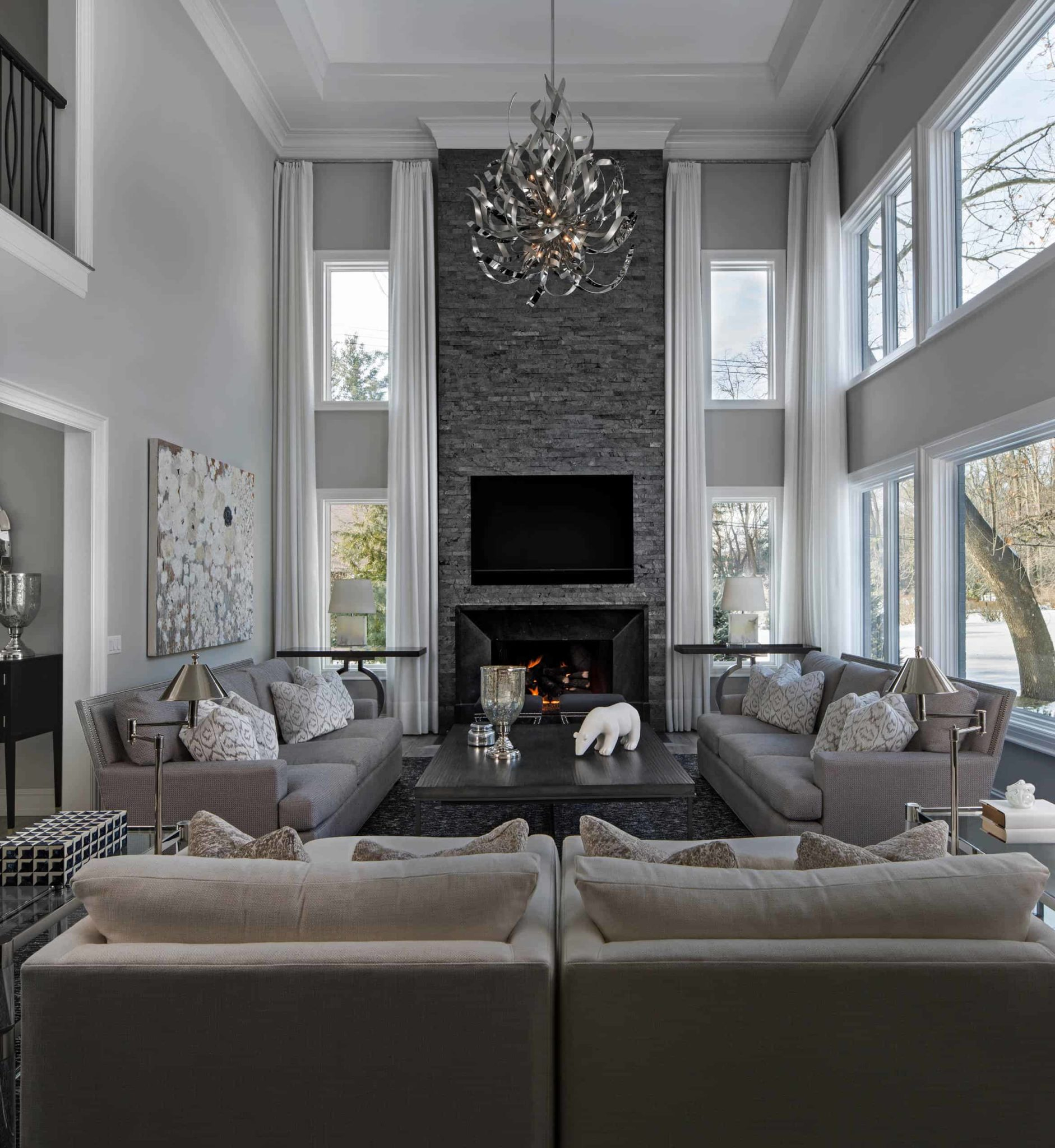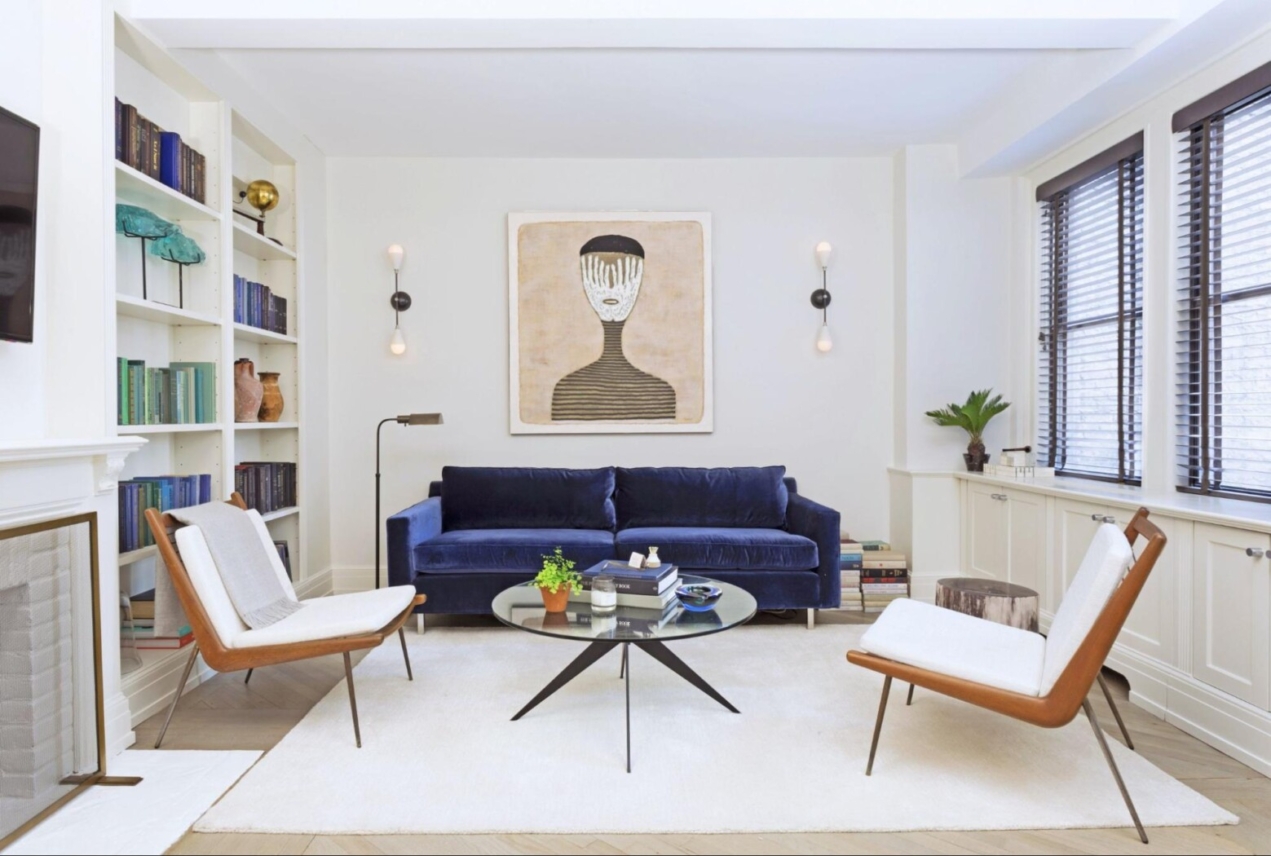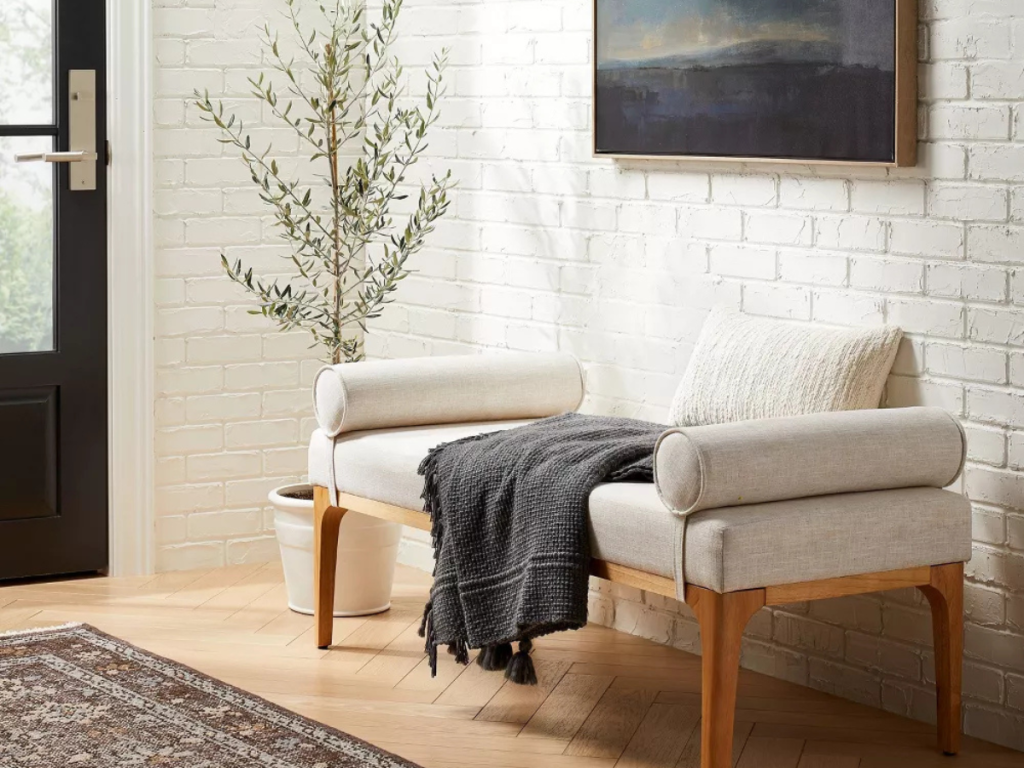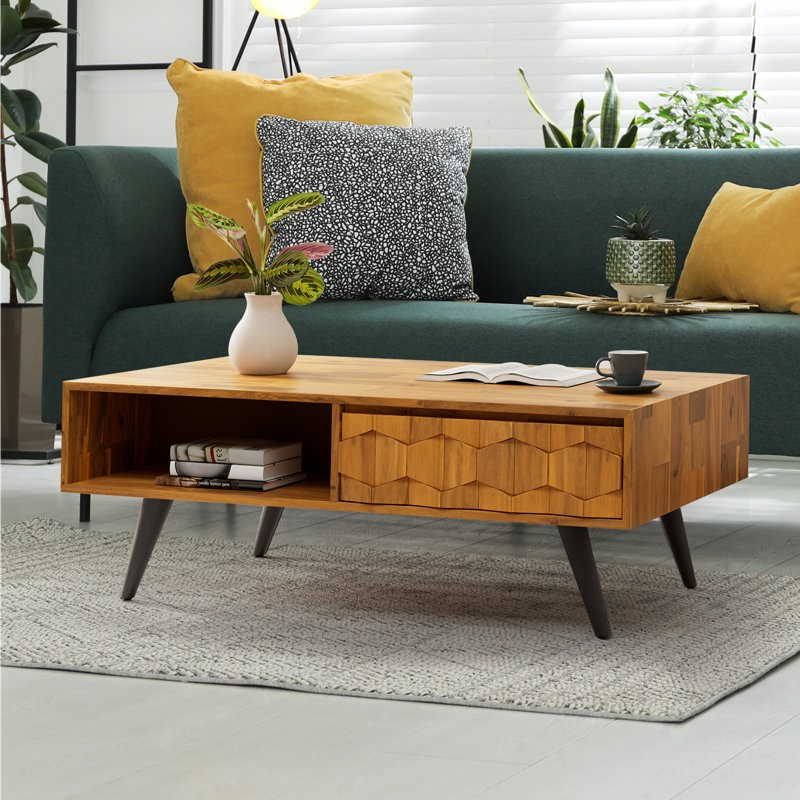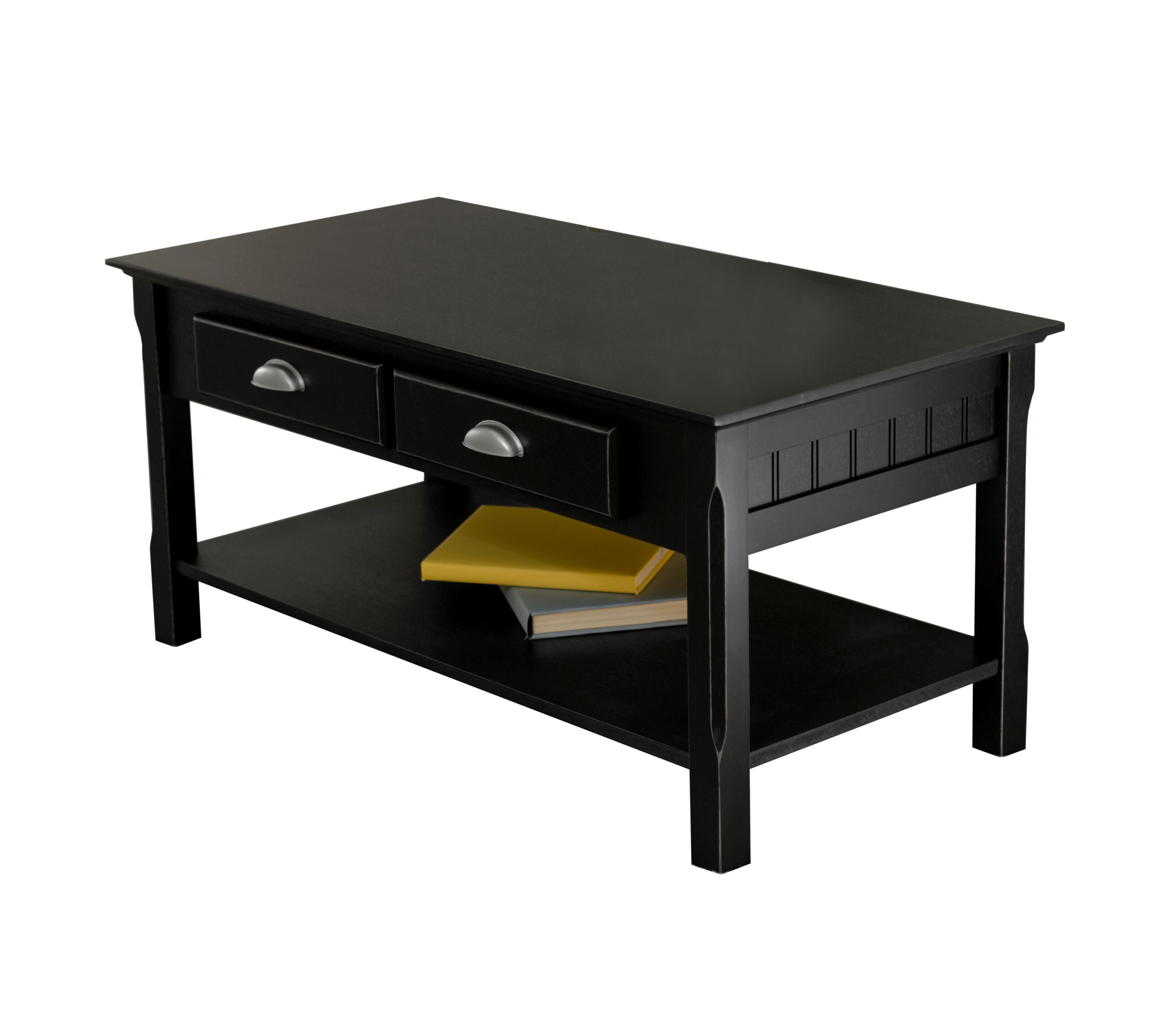There’s something undeniably special about reclaimed wood. It whispers tales of its past, carrying a history that new materials just can’t replicate. Think weathered barn boards, sturdy beams from old factories, or even salvaged flooring from a bygone era. When you choose to incorporate these pieces into your home, you’re not just decorating; you’re weaving a narrative into your living space. But how do you ensure these unique elements come together to create a harmonious and cohesive environment? It’s all about understanding a few key guiding principles.
Creating a living space that feels both unified and full of character can seem like a challenge, especially when working with materials that have such distinct personalities. Reclaimed wood, with its knots, nail holes, and varied patinas, offers a wealth of texture and history. The goal is to let these natural imperfections shine while ensuring they contribute to an overall sense of balance and design. It’s about more than just aesthetics; it’s about crafting a sanctuary that feels warm, inviting, and deeply personal. Let’s explore some fundamental ideas to help you achieve just that.
Understand Your Wood’s Story
Before you even think about where that reclaimed beam will go, take a moment to appreciate the wood itself. Where did it come from? What was its original purpose? This understanding can inspire your design choices and help you highlight its unique features. For instance, a piece of wood from an old wine barrel might lend itself to a rustic wine cellar feature, while sturdy oak from a dismantled warehouse could become a striking dining table. Don’t just see it as material; see it as a piece of history. This connection will guide your decisions and make the final result far more meaningful. Consider how its color, texture, and even its imperfections can inform the overall mood you want to create.
Balance is Key: Mixing Old and New
The magic of reclaimed wood often lies in its contrast. Trying to fill an entire house with only reclaimed materials can sometimes feel overwhelming or overly rustic, unless that’s precisely your aim. A more cohesive approach often involves strategically blending reclaimed wood with newer, complementary elements. Think of a reclaimed wood accent wall behind a modern sofa, or a rustic reclaimed wood coffee table grounding a contemporary living room. This interplay between old and new creates visual interest and prevents the space from feeling dated or monotonous. It allows the character of the reclaimed wood to stand out without dominating the entire room. The trick is to find a harmonious dialogue between the different materials and styles.
Color Palette: A Unifying Thread
Reclaimed wood comes in a spectrum of colors, from pale, sun-bleached tones to deep, rich browns and even hints of grey. To achieve cohesion, consider how the wood’s natural hues will interact with your chosen color palette. You might decide to embrace the wood’s existing tones and build a color scheme around them. Alternatively, you could opt to finish or stain the wood to better match your desired aesthetic. For example, if you have a lot of greyish, weathered barn wood, incorporating soft blues or muted greens in your furniture and decor can create a serene and unified feel. Conversely, warmer wood tones can be beautifully complemented by earthy neutrals or pops of vibrant color. Establishing a consistent color story is vital for tying disparate elements together.
Scale and Proportion Matter
Just like any other design element, the scale of your reclaimed wood features needs to be appropriate for the space. A massive reclaimed timber beam might look fantastic in a grand, open-plan living room, but it could overwhelm a smaller, more intimate area. Similarly, delicate reclaimed wood accents might get lost in a very large room. Consider the size of the space and the other furnishings. A large reclaimed wood dining table needs ample surrounding space to breathe. A smaller reclaimed wood shelf or picture frame can add character without becoming a focal point. Always measure twice and consider the visual weight of each piece you introduce. Getting the proportions right ensures that the wood enhances, rather than detracts from, the overall balance of your room.
Texture and Finish: Enhancing Natural Beauty
Reclaimed wood is celebrated for its inherent texture – the grain, the knots, the marks left by time and use. When planning your space, think about how you want to highlight or preserve this texture. Some people prefer to leave the wood in its raw, untouched state to showcase its authenticity. Others might opt for a light sanding to remove splinters while retaining the character, or perhaps a clear sealant to protect the wood and enhance its natural sheen. Avoid heavy, opaque finishes if your goal is to let the wood’s history speak for itself. Experiment with different finishes on a small, inconspicuous area first. The right treatment can amplify the wood’s appeal and ensure it integrates seamlessly with your chosen style. Remember, the goal is often to enhance, not mask, the wood’s inherent qualities.
Consistency in Application
While variety is good, a sense of consistency in how you use reclaimed wood throughout your home helps build cohesion. If you use reclaimed wood for your dining table, perhaps you could incorporate a smaller reclaimed wood element elsewhere, like a bookshelf or a decorative mirror frame. This creates visual echoes that tie different rooms or areas together. It doesn’t mean every piece has to be identical, but rather that there’s a shared thread. For example, if you have a reclaimed wood floor, using reclaimed wood for a built-in fireplace surround or perhaps some wall paneling can create a beautiful, consistent flow of material and character. Think about creating a visual rhythm, where the material reappears in thoughtful, intentional ways.
Bringing reclaimed wood into your living space is an opportunity to create something truly unique and deeply personal. By understanding the wood’s story, balancing it with other elements, carefully considering your color palette and scale, and being mindful of texture and consistent application, you can craft a home that feels both grounded and beautifully curated. It’s about embracing the imperfections, celebrating the history, and allowing these remarkable materials to contribute to a warm, inviting, and cohesive living environment. The result is a space that not only looks good but also feels good, filled with character and soul.

